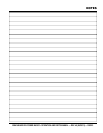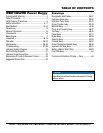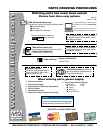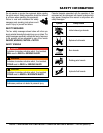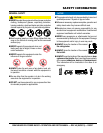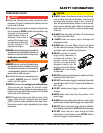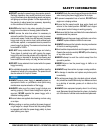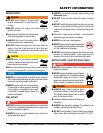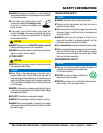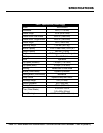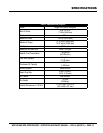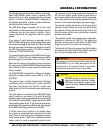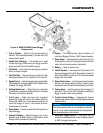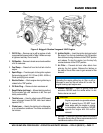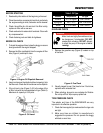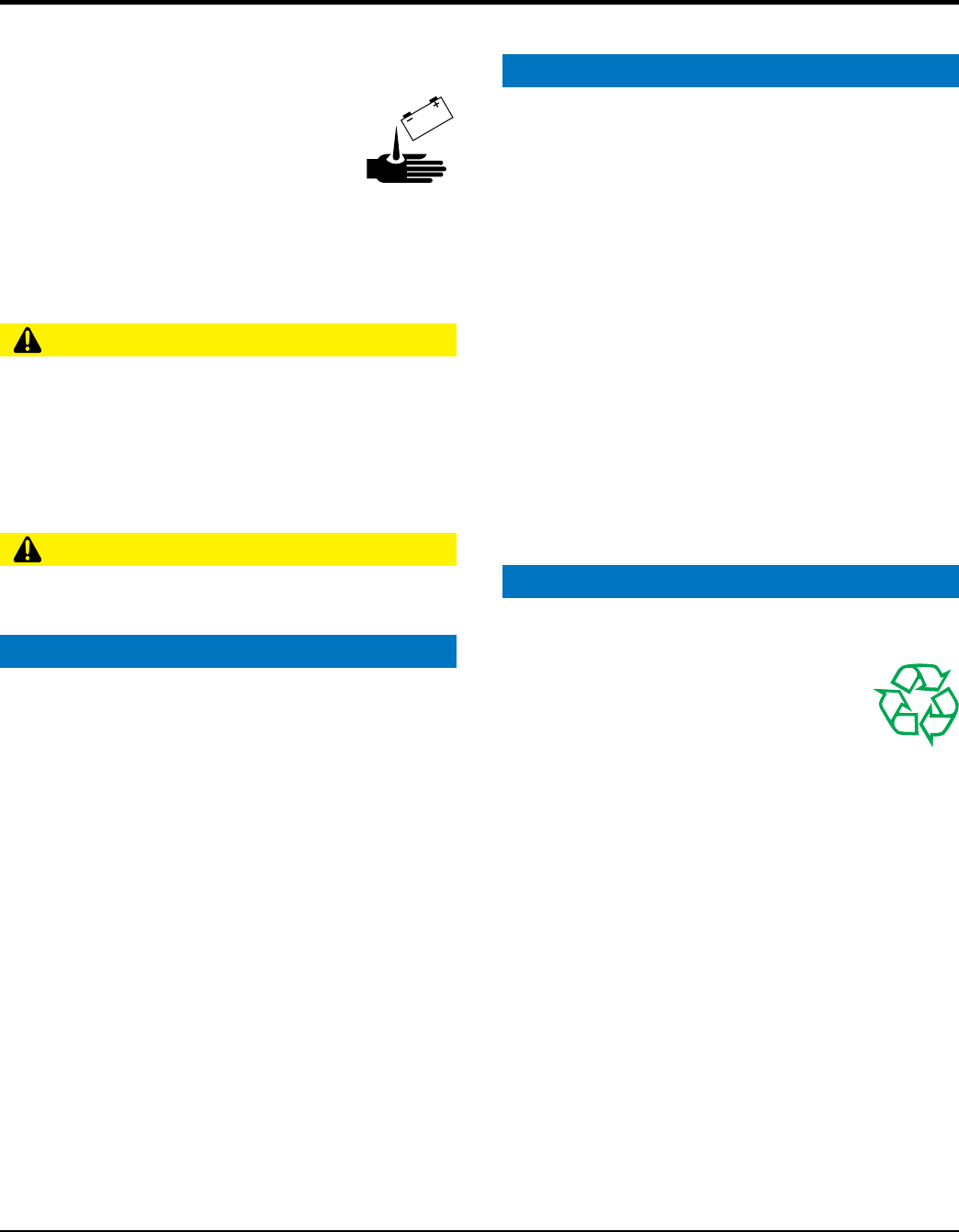
SAFETY INFORMATION
recharge the battery in a well-ventilated
environment to avoid the risk of a dangerous concentration
of combustible gases.
If the battery liquid (dilute sulfuric acid)
comes into contact with ,
rinse skin or clothing immediately with
plenty of water.
If the battery liquid (dilute sulfuric acid) comes into
contact with , rinse eyes immediately with plenty
of water and contact the nearest doctor or hospital to
seek medical attention.
disconnect the
before performing service on the equipment.
keep battery cables in good working condition.
Repair or replace all worn cables.
allow any person or animal to stand underneath
the equipment while lifting.
NOTICE
When lifting of the power buggy is required, use a
properly rated forklift. Forklift pockets are provided on
the power buggy's frame. Make sure the forklift arms are
insert into the power buggy's fork lift pockets a minimum
of 24-inches.Before lifting, make sure that the lifting bale
is not damaged.
tip the engine to extreme angles during lifting as
it may cause oil to gravitate into the cylinder head, making
the engine start diffi cult.
lift machine to unnecessary heights.
lift the equipment while the engine is running.
use ramps capable of supporting the weight
of the power buggy and the operator to load and unload
the power buggy.
NOTICE
shutdown engine before transporting.
Tighten fuel tank cap securely and close fuel cock to
prevent fuel from spilling.
When transporting of the power buggy is required, place
the power buggy on a fl at bed truck or equivalent and
tie down securely.
make sure all tie-downs and block are in
place and the bucket is completely lowered in the fl at
(horizontal) position and securely latched.
Place chock blocks
underneath wheel to prevent rolling.
When transporting the power buggy on a truck or trailer,
know the overall height to avoid contacting overhead
obstructions such as bridges and power lines. Check
the truck and ramp capacities.
NOTICE
Dispose of hazardous waste properly. Examples of
potentially hazardous waste are used motor
oil, fuel and fuel fi lters.
use food or plastic containers to
dispose of hazardous waste.
pour waste, oil or fuel directly onto the ground,
down a drain or into any water source.



